Discovery of Cells
Cells are defined as the structural, functional, and biological units of all known living organisms, or, in other words, cells are known as the units of life. Prokaryotic cells a simple cells, and each of them is a separate compartment that is capable of performing an array of functions like metabolism, growth, and even reproduction. Discovery of Cells is a topic of the chapter Cells: The Unit of Life in biology.
NEET 2025: Mock Test Series | Syllabus | High Scoring Topics | PYQs
NEET Important PYQ's Subject wise: Physics | Chemistry | Biology
New: Meet Careers360 B.Tech/NEET Experts in your City | Book your Seat now

Who Discovered Cells?
Robert Hooke is credited for the discovery of cells in 1665, being an English scientist. Taking a piece of cork and placing it under a very simple microscope that was developed in 1661, Hooke classified the microstructures in it as ‘cells’ since they resembled small monastic living spaces in English, being small rooms for monks. This introduction of cell made way for further studies to be completed to create cell theory and even the field of modern cellular biology.
Discoveries related to Cell
The early discoveries related to cell are explained below-
Robert Hooke and the First Observation of Cells (1665)
Robert Hooke in 1665, by observing the cellular structure using an optimised self-designed compound microscope, made this fine discovery. He was able to note that the cork was made of many small cavities that were box-like in shape which he referred to as “cells” As a result of detailing his observations and illustrating these cells, Hooke paved the way for the subsequent study of living tissues owing to the discovery of a new structural realm that exists out of the human sight.
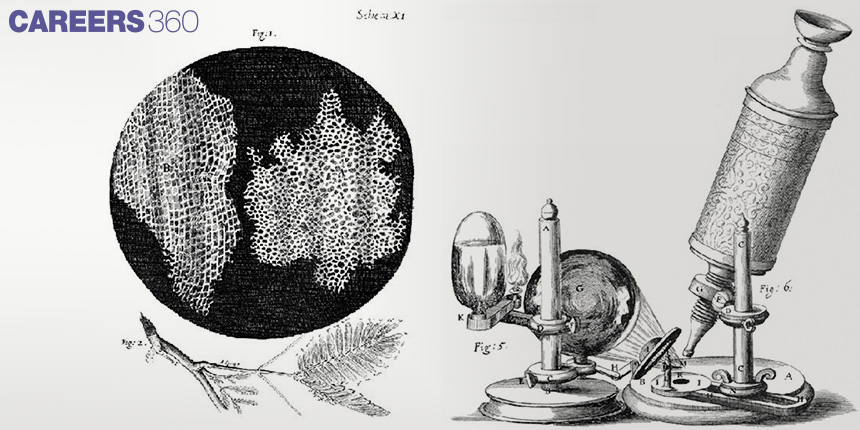
Anton van Leeuwenhoek's Microscopic Discoveries (1670s)
The simple microscopes were improved in the 1670s by a Dutch tradesman and scientist Anton van Leeuwenhoek along with the help of his hand-crafted high-powered microscopes. Van Leeuwenhoek also described many kinds of the so-called animalcules found in water, dental plaque, and many other materials. His observations were about bacteria, protozoa, and other monads thereby enlarging the study of microbiology and giving the first indications of the microbial world as a highly diverse one.
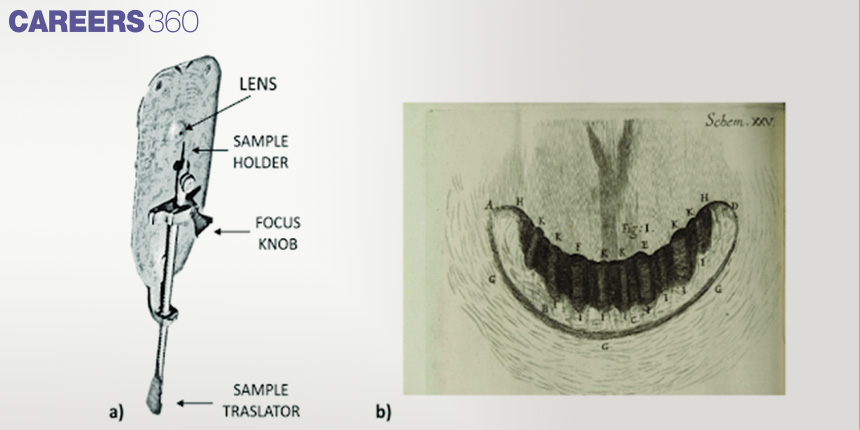
History of Cell Discovery
The history of cell discovery is described below-
Year | Scientist(s) | Discovery/Contribution | Description |
1665 | Robert Hooke | First Observation of Cells | Observed and described the small, box-like structures in cork, coining the term "cells." |
1670s | Anton van Leeuwenhoek | Observation of Microorganisms ("Animalcules") | Used handcrafted microscopes to observe and document bacteria, protozoa, and other microorganisms. |
1831 | Robert Brown | Discovery of the Cell Nucleus | Identified and named the nucleus in plant cells, noting its importance in cell function. |
1838-1839 | Matthias Schleiden, Theodor Schwann | Cell Theory | Proposed that all plant and animal tissues are composed of cells, forming the foundation of cell theory. |
1855 | Rudolf Virchow | Omnis cellula e cellula | Proposed that all cells arise from pre-existing cells, solidifying the concept of cell division. |
1902 | Walter Sutton, Theodor Boveri | Chromosome Theory of Inheritance | Demonstrated that chromosomes carry genetic material and follow Mendelian laws of inheritance. |
1953 | James Watson, Francis Crick | Discovery of the DNA Double Helix Structure | Elucidated the structure of DNA, revealing the molecular basis for genetic information in cells. |
2012 | Jennifer Doudna, Emmanuelle Charpentier | Development of CRISPR-Cas9 Gene Editing | Pioneered the CRISPR-Cas9 technology, enabling precise editing of genetic material within cells. |
Also Read-
Discovery of Stem Cells
The discovery is explained below-
Matthias Schleiden and Theodor Schwann (1838-1839)
Schleiden’s Plant Cell Observations
Matthias in 1838, claimed that cells are the structural and functional units of plants and highlighted the importance of the nucleus in the cell and its activities. Schleiden further invested in the study of plant cells using a microscope and his intense observation, particularly on the cells of leaves and stems formed the basis of appreciating the structural organization of cells in the plant sciences.
Schwann’s Animal Cell Observations
Following Schleiden’s works, Theodor Schwann, a German physiologist, generalized all these observations toward animal tissues. Schwann then realized that animal tissues are also made of cells and he observed the resemblance of plant cells and the new animal cells. This led to the popularization of the cell theory or doctrine of protoplasm which says that all living is made up of cells and that these are the distinctive units of life and plant and animal biology became more or less akin due to this theory of cells.
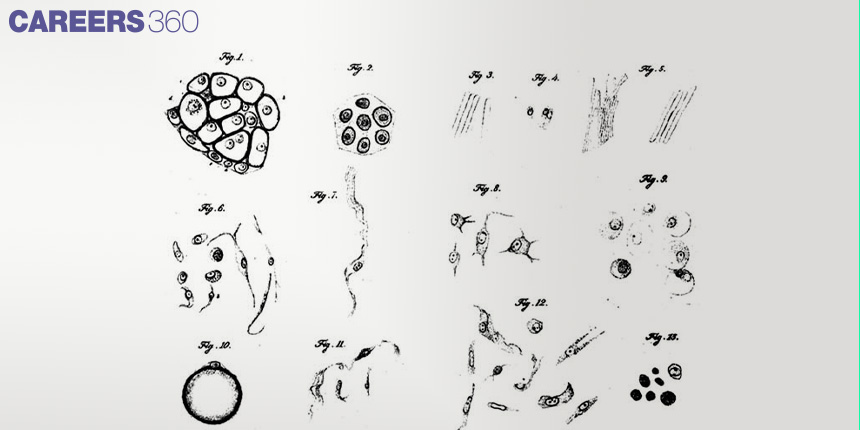
Rudolf Virchow and the Concept of Cell Division (1855)
Virchow’s Statement "Omnis cellula e cellula"
In 1855 Rudolf Virchow, a German physician, and pathologist formulated the doctrine stating that every cell comes from another cell with the famous phrase “Omnis cellula e cellula. ” This was against the theory of spontaneous generation of cells and stressed the process of cell division in growth and reproduction. Virchow’s concepts were significant for viewing the pathological processes and the continuity of life at the cellular level.

Key Technological Advances in Cell Discovery
Invention of the Compound Microscope
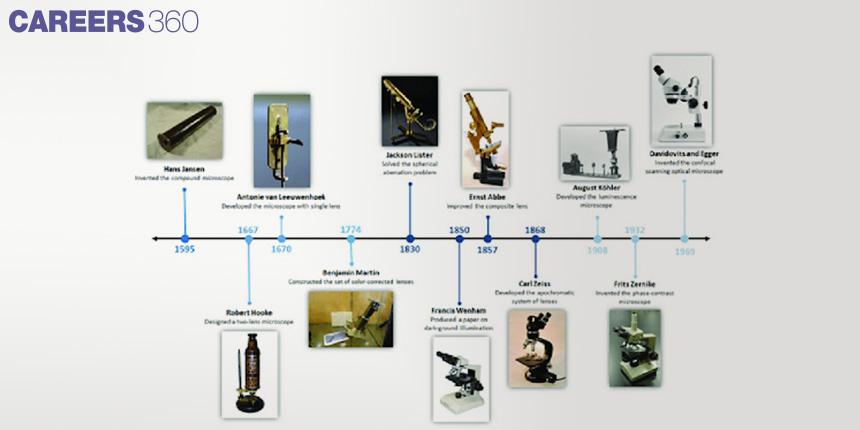
Advances in Staining Techniques
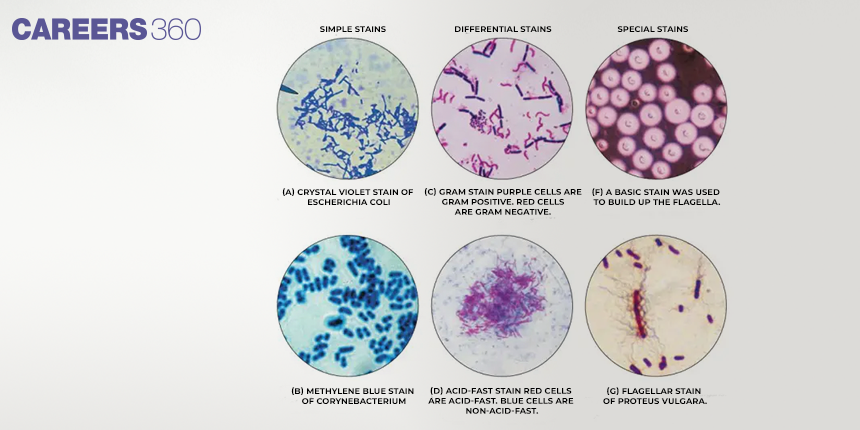
Electron Microscopy
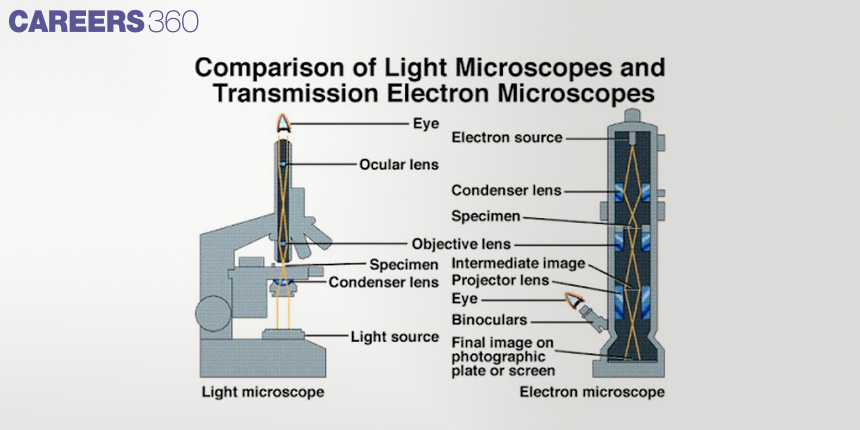
Significant Discoveries in Cell Biology
The significant discoveries are explained below-
Discovery of the Nucleus by Robert Brown (1831)
Importance of the Nucleus in Cell Function
Robert Brown a botanist from Scotland discovered the nucleus in 1831 or as a plant cell organelle. This discovery therefore helped to emphasize the position of the nucleus in the cell, its role in controlling genetic information as well as the activities of the cell. Brown’s observation gave a rudimentary conception of the cell and the structural organization within a cell and paved the way for further studies related to cell division and inheritance.
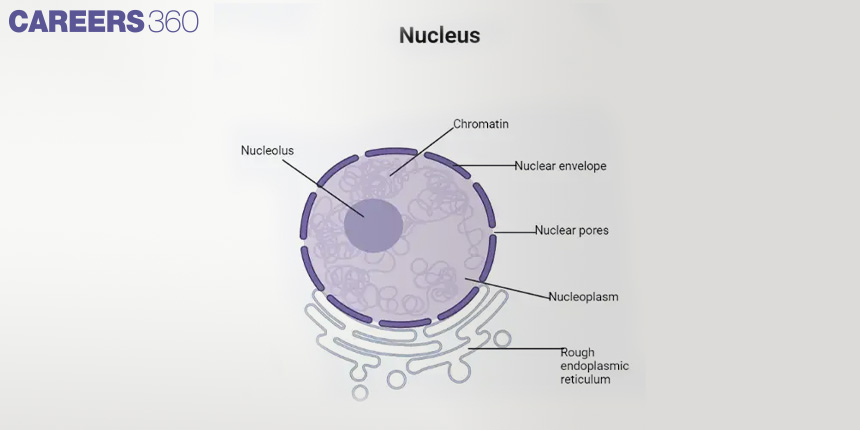
Identification of Chromosomes and Their Role in Heredity
The role is explained below-
Contributions of Walter Sutton and Theodor Boveri
It is interesting to note that as early as the twenties of the twentieth century Walter Sutton together with Theodor Boveri postulated that chromosomes are the bearers of hereditary information and that they obey the laws of Mendelian inheritance. Their work showed that during the process of meiosis, chromosomes sort out and distribute to other cells independently, thus laying a foundation of genetics about chromosomes and the hereditary traits that are associated with them.

Discovery of Mitochondria and Chloroplasts
Its discovery of mitochondria and chloroplast pointed to further the idea that organelles in eukaryotic cells have distinct functionalities. Mitochondria are called the powerhouse of the cell, as they are responsible for producing ATP through the process of cellular respiration and chloroplastic found in plant cells are involved in the process of photosynthesis. These organelles contain their own genetic makeup to support endosymbiotic theory that deserves them to be symbiotic bacteria.
Discovery of DNA Structure by Watson and Crick (1953)
The year 1953 was a very important year in molecular biology specifically in February 28 James Watson and Francis Crick formulated the double helix structure of the DNA. The model was able to explain about the storage of information in DNA and how this information in the genotype is copied and passed on – the mechanism of heredity was explained at the molecular level. This discovery has a tremendous impact for genetics, biotechnology and medicine helping to develop genetic engineering and study genetic diseases.
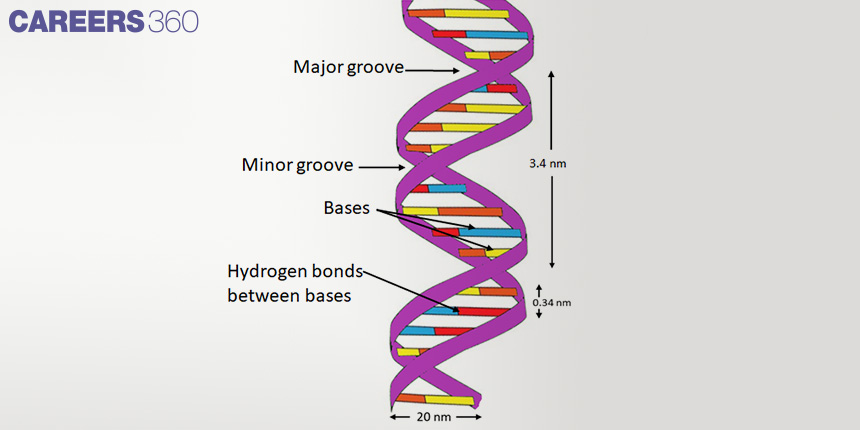
Techniques in Cell Culture and Genetic Engineering
Importance of Cell Culture in Research: Enriched and improved techniques of cell culture have formed the basis of in vitro culture systems which have greatly benefited biological and medical researches. These techniques are vital in analyses of cellular functions, discovery of drugs and other uses in genetic manipulation. Another application of cell cultures is by using cell cultures to examine the impacts of several stimuli, to study diseases and their course, and to manufacture biological goods.
CRISPR and Genome Editing
The CRISPR and Genoe editing are explained below-
Introduction to CRISPR Technology:
CRISPR-Cas9 system was discovered in the first decade of the 21st century and has created a radical change in genome editing through its efficient technique. This system employs the aid of RNA-guided enzymes to cut out and alter particular genetic contexts in a living organism so that researchers can investigate gene systems, treat hereditary diseases, and create new medical therapies. It has untapped capacities in treatment of diseases, food production, and bioengineering.
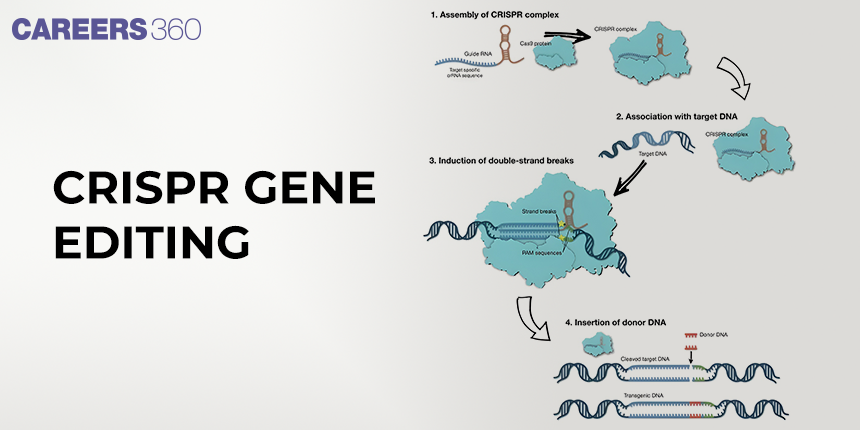
Impact of Cell Discovery on Science and Medicine
The impact is explained below-
Understanding Diseases and Developing Treatments
Cell Theory’s Role in Medical Advances: Cell theory has been the cornerstone towards a higher standing of medical amelioration. As a result of this knowledge, diseases have been considered as cellular disorders and this has led to the formulation of treatment methods. Knowledge about cellular processes has resulted in the development of techniques of diagnosing, treating, and preventing diseases such as cancer, genetic diseases, and diseases in organisms caused by pathogen germs.
Stem Cell Research and Regenerative Medicine
Potential and Ethical Considerations: Stem cell research also showed the greater potentiality in the field of regenerative medicine which may be a hope for some diseases such as Parkinson’s disease, spinal cord injuries, and heart diseases. Hence, it is possible to explain why stem cells are so suitable for the replenishment of damaged tissues and organs; this is because stem cells are capable of converting to any type of cell. Still, this area entails some ethical issues concerning stem cell sources and application; thus, it must not be overlooked and remains rather sensitive.

Importance of Cell Discovery in Biology
Cell theory defined a new epoch, in biology that changed the way that scientists saw the process of life completely. It laid down the basis of the cell theory which has resulted in postulating that all living organisms are made up of cells and these are the structural and functional units of life. This realization has contributed to progress in medicine, genetics, and biotechnology; the provision of treatment for diseases, explanation of genetic disposition, and new biotechnological applications.
Also read-
Recommended video for "Discovery of Cells"
Frequently Asked Questions (FAQs)
Robert Hooke the English scientist was the one who discovered cell in the year 1665. Utilizing a compound microscope that he had developed, Hooke looked at a thin section of cork and resolved it into large numbers of mechanical, empty bodies. He named them cells since the structures resembled the small chambers monks’ lived in, or cells. This discovery made it possible for the first time that cells were identified and described making chief basis for cell theory as well as the science of cellular biology.
It is also worthy to mention Anton van Leeuwenhoek a Dutch Tradesman and scientist who made a lot of contribution to microbiology after he discovered microorganisms in the 1670s. Thus, having several handmade highly powerful simple microscopes, Lee examined and photographed numerous tiny living beings on the samples of water, dental plaque and other materials. He called these little forms of life as “animalcules”. These included bacteria, protozoa, and other single celled organisms and he wrote detailed reports to the Royal Society in London. Beneath his work, there was the entire new world of the microorganisms that were unknown to people earlier and augmented their perception about vital existence.
The work that dealing with cell biology, first of all, is to be credited to Robert Hooke. The cells in cork which he observed he published in a book titled “Micrographia” in that year of 1665. This was the first ever time cells were observed and he referred to them as very small, box shaped structures. Due to the detailed account and Hooke’s precise observations augmented by the invention of the microscope, future scientists were able to examine and analyze the cell structures further. These accounts are best ascribe to Schleiden and Schwann, who in his studies on plants and animals respectively gave the first visual accounts of cells which ultimately contributed to the formation of cell theory hence the understanding of the organization of living organisms.
The cell theory is a core concept of biology which was proposed during the mid 1840s by Car. Matthias Schleiden of Hanover and Car. Theodor Schwann of Munich. It comprises three main tenets: 1. Tissues are made up from similar mature cells and are supported by the extracellular matrix 2. There are two main classes of tissues- the connective tissues and the epithelial tissues. Later, another related theory was developed by Rudolf Virchow who wanted to stress the fact that cells continue to divide in order to create new cells. The cell theory contributed to the advancement of biological sciences by setting out the principle that all forms of life are made of cells hence linking the study of plants, animals and microbes.
In the field of cell biology, technology has however come in and completely revolutionized how cells can be seen and controlled. The first observation of cells and other microorganisms was made possible by the development of the compound or the optical microscope in the seventeenth century. In the second half of the twentieth century, electron microscopy was correctly successful in providing better magnified cell pictures and on the nanometer level distinguished cell structures and organelles. Newer methods of staining the cells have improved and have enabled one to see clear and differentiated cellular components under the microscope. More recently molecular biology tools for instance CRISPR -Cas9 has in a very big way revolutionized genetic engineering through the creation of engineered nuclease’s capable of editing specific sequences of the DNA within the cell. These technologies have enhanced the knowledge of processes at a cellular level, formed the basis for the identification of new cellular functions, and helped in creation of new treatments of diseases and methods in biotechnology.
Also Read
27 Dec'24 05:51 PM
23 Nov'24 05:46 PM
08 Nov'24 05:04 PM
08 Nov'24 10:59 AM
08 Nov'24 09:54 AM
08 Nov'24 09:26 AM
08 Nov'24 09:01 AM
07 Nov'24 10:17 PM
07 Nov'24 09:50 PM
07 Nov'24 04:38 PM